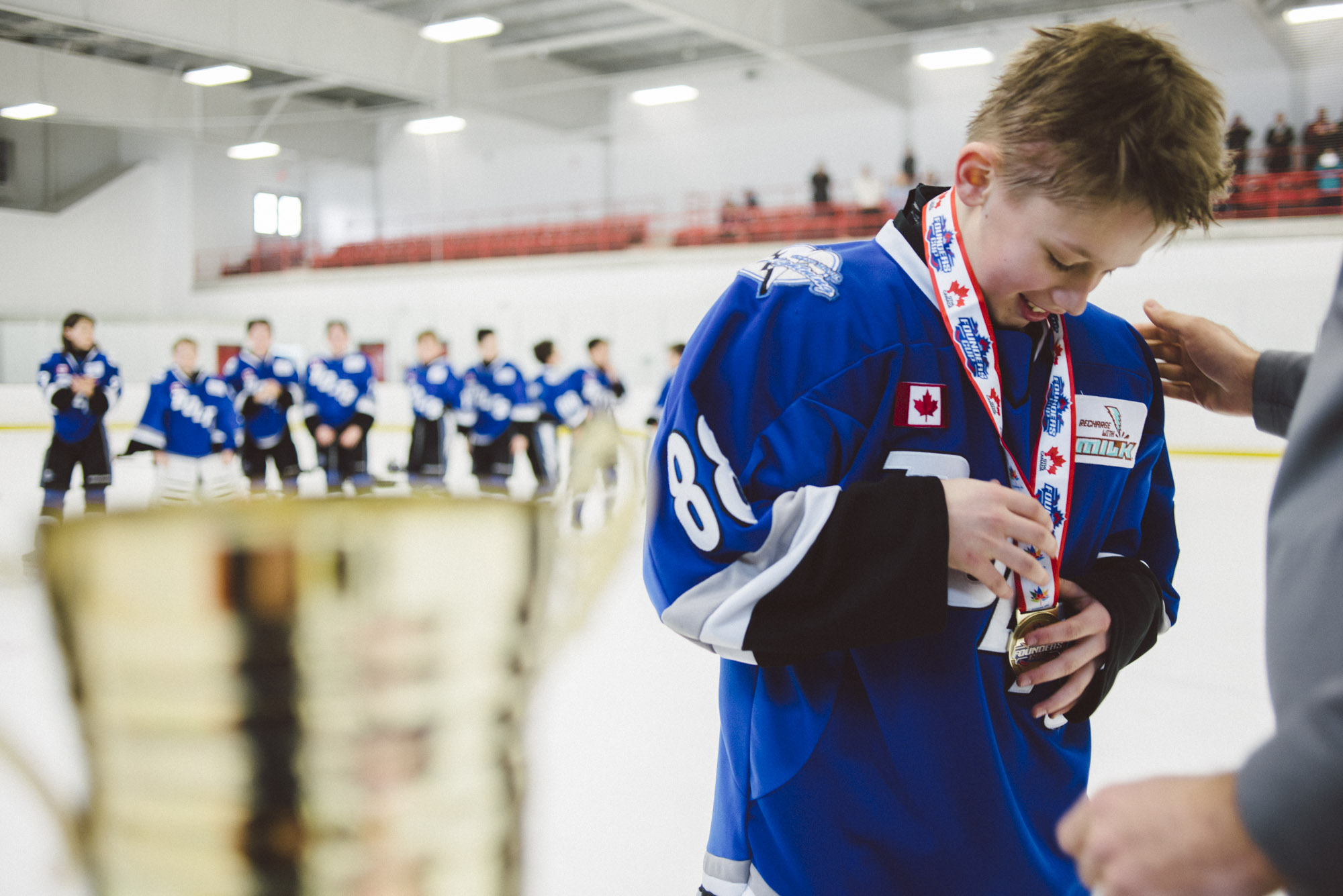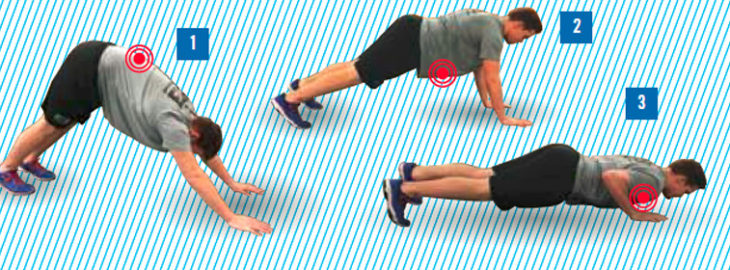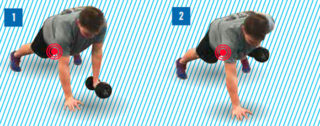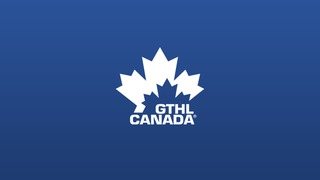Author Kevin Chapman is the Head Strength and Conditioning Coach Elite Training Systems and Oshawa Generals
When playoff season rolls around, making the most of every stride and every shot can be the difference between a championship and a summer of “what ifs”. Playoff season is where good training will take over and allow athletes to perform at their absolute best, but it doesn’t come easy. Preparing for championship-calibre moments requires countless training hours both on and off the ice year-round, with dedication, attention to detail, and good habits serving as the foundation of long-term success as an athlete. Having a plan, time management skills, exectution, consistency, and good lifestyle habits are all skills that will help you on the ice, in the gtm, and beyond. With the off-season upon us, it’s time to think about a plan for improving your game over the summer months.
The simple full-body workout below requires little to no equipment and is suitable for players at all levels. Make it part of your offseason and rememer: a goal without a plan is just a wish.
Skater Squat
Reps: 4 X 8 per leg
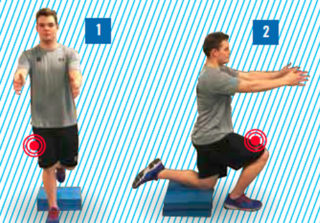 The skater squat is a great exercise for developing lower body strength and improving balance for hockey players. This movement requires no equipment and has the athlete working against their own body weight, which is often the case on the ice.
The skater squat is a great exercise for developing lower body strength and improving balance for hockey players. This movement requires no equipment and has the athlete working against their own body weight, which is often the case on the ice.
The athlete starts tall and balanced on one leg. As the athlete descends toward the pad(s), they will extend their arms out in front of their body for counter balance
You want to ensure that their weight is distributed evenly throughout their entire foot. Once the athlete hits their required depth they will come to a controlled pause and return to the start position by applying force through the midfoot.
Yoga Push-Up
Reps:4 X 8
The yoga push-up combines upper body strength with full body core control and mobility. This movement will not only improve strength but over time it will help loosen up the posterior chain. This is a great movement that can be integrated into warmups or strength complexes.
The athlete will start in a high plank position with shoulders aligned with wrists, neutral spine (chin packed, hips level and core braced) and feet approximately shoulder width apart. As the athlete descends into the push-up, you want to ensure they maintain their perfect plank position and that the elbows do not flare out to the side.
Once the athlete hits their required depth they will return to their start position by completing the push-up. Once they are back in the start position they will perform a ‘downward dog’. This is done by pushing the hips up toward the ceiling while applying pressure into the floor with hands and pushing the heels down toward the floor to achieve a stretch in the calves, hamstrings and lower back. Return to start position.
High Plank One Arm Dumbbell Row
Reps:4 X 8 per arm
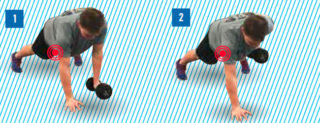 The one arm dumbbell row is a great movement for training the body how to brace and be stable in unstable positions. This movement combines core control with upper strength.
The one arm dumbbell row is a great movement for training the body how to brace and be stable in unstable positions. This movement combines core control with upper strength.
The athlete will start in high plank position with shoulders aligned with wrists, neutral spine (chin packed, hips level and core braced), feet approximately shoulder width apart and a dumbbell in one hand. The athlete will perform a one arm row with the arm that is holding the dumbbell. As the athlete performs the row they will maintain a strong braced plank by applying force into the floor with the arm that is supporting their body and resisting rotation of the hips. The row must be controlled, pausing at the top and bottom. Once the athlete returns to their start position they will perform the assigned reps and switch to the other arm.
Glute Bridge Walkout
Reps:4 X 8
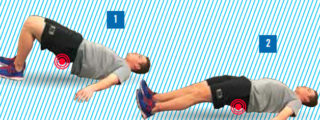 The glute bridge walkout is a simple way to strengthen the posterior chain. The posterior chain is typically a weaker area on a lot of hockey players due to the different postures they spend most of their time in. This simple body-weight exercise will strengthen the glutes and hamstrings.
The glute bridge walkout is a simple way to strengthen the posterior chain. The posterior chain is typically a weaker area on a lot of hockey players due to the different postures they spend most of their time in. This simple body-weight exercise will strengthen the glutes and hamstrings.
The athlete will begin on their back with arms out to the side, palms facing down and feet flat and shoulder width apart. The athlete will then perform a hip bridge applying force into the floor with both feet and using hands to brace. From this positon, the athlete will then begin to gradually walk both feet out into an extended position while gradually lowering the hips toward the floor. Once the athlete reaches their end range they will walk their feet back to the start position. It is important to maintain tension in the body throughout the entire movement.
Adductor Stretch with Extension and Rotation
Reps: 4 X 8 per leg
This mobility exercise will assist with improving hip mobility and thoracic spine rotation. These are two areas where hockey players often experience restriction. This is a great combination movement that ties in both upper and lower body mobility.
The athlete will begin in a kneeling positon with one leg stretched out to the side of the body and arms out in front, shoulders aligned with wrists. From this position the athlete, in a controlled manner, will rock back toward the heels while keeping their hands in the same position they started in, applying pressure into the floor until they achieve a stretch in the adductors (groin). The athlete will remain in this position, maintaining the stretch, while they begin to open up with the same side arm, tracking the hand with the eyes until they achieve a stretch through the thoracic spine (upper back). The athlete will then return to the start position.
